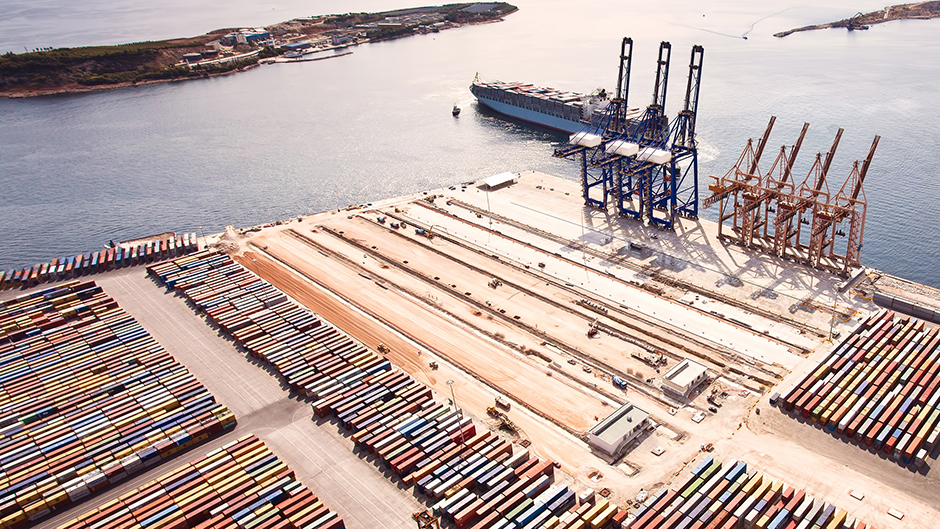The decision prompted debate about the practice of issuing house bills. This is common practice in the freight forwarding industry and, if done correctly, should pose minimal risks.
The three well-known hallmarks of a bill of lading are that it is:
- a receipt for goods shipped and received by the carrier;
- a document of title providing certain rights to the holder; and
- evidence of a contract of carriage.
In this case, the Ocean Bills satisfied these hallmarks, but Freight Solutions’ documents did not (despite their outward appearance).
So what functions do “House” bills serve?
Where the freight forwarder is offering a door to door multimodal service, then a single document evidencing the entire geographical extent of the contractual arrangement may be what the shipper or consignee prefers. The freight forwarder must then make all the necessary separate carriage arrangements with the sea, air or land carriers (but can thereby benefit from the various freight differentials negotiated).
Also, in what is becoming an increasingly aggressive market, freight forwarders prefer to keep their customers’ identities to themselves – they contract with the shipping lines on the basis that the relevant freight forwarders (and not the parties with an interest in the goods) appear as the shippers and consignees on the ocean bill.
A further reason for the use of “House” bills is where goods need to be consolidated – house bills are issued for each of the smaller parcels of goods vanned into a container. A further “house” bill may then be issued by the consolidator, who will then contract with the shipping line to produce an ocean bill.
It follows from the above that there is no golden rule regarding when “House” bills of lading may be used.
Where the freight forwarder acts as agent for the shipper, it does not contract with the carrier on its own behalf, but on behalf of the shipper. In these circumstances the forwarder’s “house bill” (if issued) is akin to a consignment note and serves to acknowledge receipt of the goods and the forwarder’s authority to act on the shipper’s behalf.
That’s not to say that a forwarder can never issue a true bill of lading (one that satisfies the three “hallmarks” above). A forwarder is often a carrier in its own right, particularly for “door to door” service. Australian Capital is a warning to forwarders to take particular care when issuing documents to accurately capture information that has important legal consequences.





